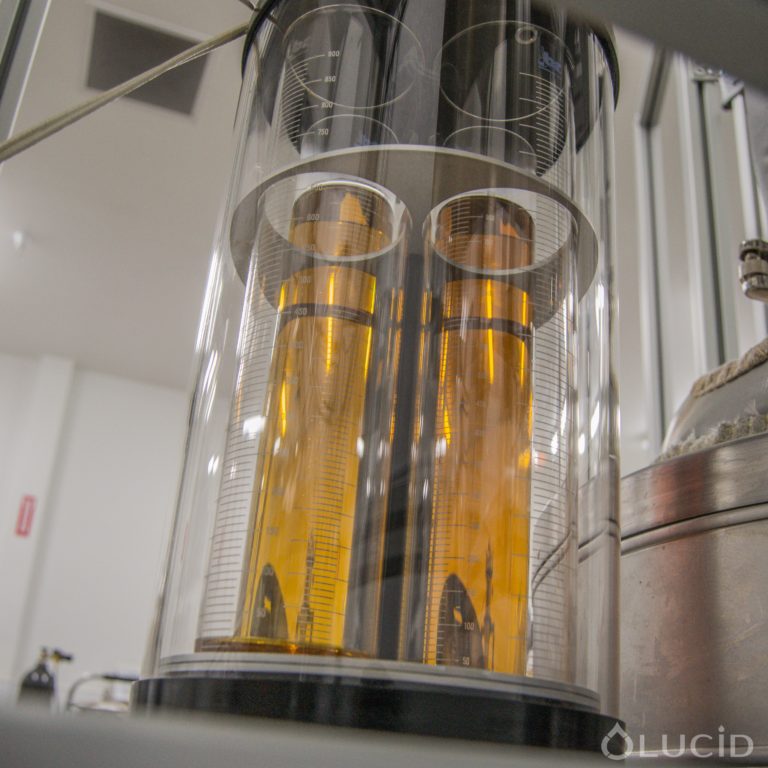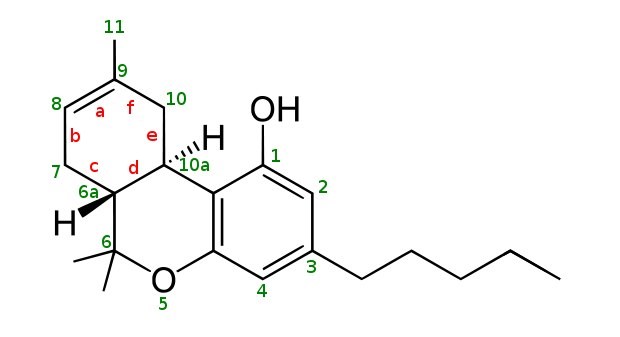
Many people unfamiliar with the nuances of cannabis refinement often believe that a pass (or two) of crude extract through the proper cannabis distillation equipment is all that’s required to produce a high potency Δ9 THC distillate product. While it may be possible to distill mystery cannabis crude extract into 95% THC with short path […]
Before you learn how to empty receivers of cannabinoids using a microwave, please be advised there are several ways this can go wrong. This blog post does not purport to address all the possible safety concerns. Please consult your safety officer for full professional guidance. High-purity THC/CBD distillate will be very viscous. If it is cold […]
How would you like to go out for lunch while your distillation system churns out high potency THC distillate. It may seem like a dream but it’s already happening. Automation The B/R Spinning Band distillation system already comes highly automated. There’s no need to sit in front of it all day. Operators are free to […]
Very small amounts of crude oil (7 – 100 ml) can be distilled with the B/R micro crude oil distillation system. The spinning band with a maximum of 15 theoretical plates can collect a number of fractions with good separation. Spinning band has low hold up and very high free space. This makes spinning band […]
Mini-Crude Oil Distillation
by PaulDistilling small samples of crude oil 100- 1000 ml Distilling small samples of crude oil can be a challenge. The “hold up” in the column packing makes true boiling point, D2892 distillation column impractical Traditional packed column systems have a lower limit of about 1 liter sample size. B/R developed the Mini-Crude Oil distillation […]
Reflux is the return of condensed distillation vapor to the boiling flask. Reflux ratio is the ratio of the condensate returned to the boiling flask to the condensate being collected in the receiver. The reflux ratio is accomplished using a reflux valve in a “seat” over the take off point. When the reflux valve is […]
Condensate is a by product of raw natural gas composed of light hydrocarbons which can be condensed when below their dew point. There are 3 primary sources of condensate. Crude oil wells – natural gas can exist in a pocket on top of the crude oil or may be dissolved in the crude oil. Dry […]
High levels of water in crude oil make fractional distillation difficult. Water has a hard time vaporizing from the boiling flask and getting through the distillation column packing. Water drops in the distillation column head causes fluctuation in the vapor temperature causing inaccurate vapor temperature readings. D2892 requires that crude oil samples have 0.3% water […]

Various types of crude cannabis extract can be successfully distilled into high purity cannabinoid distillate. With that in mind, it’s critical that the crude always be properly prepared prior to a vacuum distillation process. Depending on the type of extract being distilled, this can include one or more post-extraction steps, such as: Rough particulate […]

Delta-9-Tetrahydrocannabinol (THC) is a naturally occurring isomer of THC found in cannabis plants. It’s psychoactive effects are well known. While delta-9-THC is the most abundant isomer of THC, there is interest in the lesser studied delta-8-THC isomer. IUPAC Naming Convention The diagram below has numbered positions on the top left ring structure. If the double […]
Latest Blog Posts
Instant THC and CBD Potency in Edibles by Near Infrared (NIR)
by Paul on August 14, 2021
B/R Solvent Recyclers, Safe Recycling since 1986
by Paul on August 9, 2021
Touch Screen Makes Solvent Recycling Easier
by Paul on August 8, 2021
Measure THC, CBD and more in Real Time During CO2 Extraction with Near Infrared
by Paul on August 7, 2021
SCB-15 THC Remediation Case Study
by Paul on July 14, 2021
Questions?
Contact us for more information on our products and services.